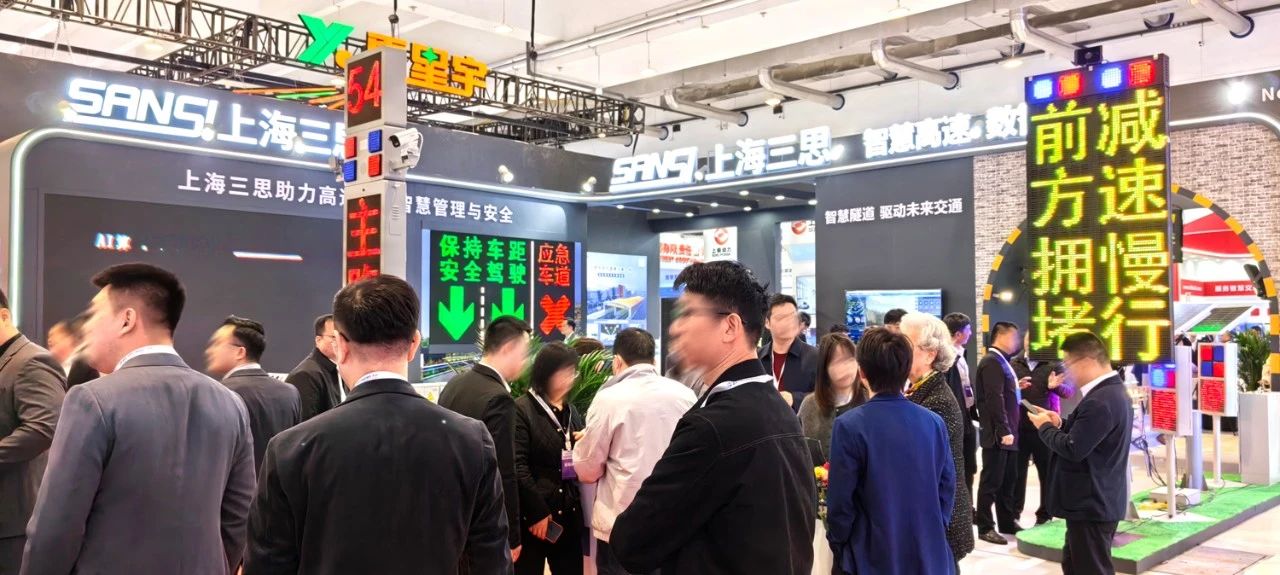
Against the backdrop of increasing global mobility, traditional static signage can no longer meet diverse travel demands. The newly implemented intelligent guidance systems effectively address wayfinding challenges for international travelers through real-time multilingual switching. These systems automatically recognize environmental speech patterns or detect mobile device language settings via wireless signals, displaying appropriately adapted directional information without manual intervention. This user-centric design significantly enhances the service inclusivity of transportation hubs, ensuring clear route guidance for all user groups.
Technology Integration for Seamless Experience
Modern guidance systems incorporate multiple cutting-edge technologies:
l Optical sensors monitor ambient light in real time to maintain optimal display visibility.
l Distributed computing architecture enables rapid content updates and synchronized information dissemination.
l Modular hardware design ensures stable operation under various climatic conditions.
Notably, the system employs a layered information architecture, intelligently prioritizing core navigation details and emergency instructions within limited display space to prevent cognitive overload.
Sansi has achieved deep integration of "technology + scenario" to deliver replicable, scalable solutions for intelligent highway management, safe operations, and sustainable development—propelling the industry toward high-quality growth.
Sansi's Core Product Matrix for Smart Transportation Ecosystems
l Traffic intelligence displays for data-driven decision-making
l Dynamic highway message signs for real-time traffic management
l Tunnel intelligent control systems with early-warning capabilities
l Roadside monitoring stations with LED glare warning systems
By combining AI + IoT technologies, Sansi enables comprehensive scenario coverage, facilitating coordinated interaction among pedestrians, vehicles, and infrastructure to build safer, more efficient, and low-carbon smart road networks.
Smart City Development in Practice
The adoption of such systems marks the transition toward precision urban public services. Beyond basic wayfinding, smart guidance solutions leverage data analytics to optimize information delivery strategies. Advanced systems already synchronize with public transport scheduling platforms, automatically adjusting guidance content during service disruptions. Industry experts highlight that these context-aware, self-adjusting facilities represent the future of urban infrastructure, with potential applications extending to healthcare, cultural tourism, and other public service domains.
Continuous Service Optimization
Future enhancements include:
1. Expanding language recognition accuracy and coverage
2. Refining visual information design for cross-cultural usability
3. Strengthening system interconnectivity to build unified smart guidance networks
Through technological iteration and service philosophy upgrades, intelligent guidance systems will become vital showcases of a city’s international competitiveness and commitment to inclusive public services.